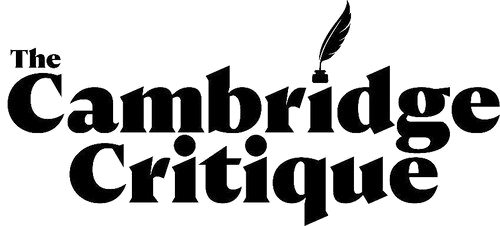A PEOPLE'S TRAGEDY BY EAMON DUFFY
Pilgrims off on their journey
Imagine a time when all the trips and holidays you have planned are suddenly cancelled. No more European jaunts, no adventurous sailings across the Mediterranean, and definitely no outings in England , all closed down. Not hard to conjure up for our us as the Prime Minister tells us that booking foreign flights for this post pandemic summer is illegal, but this was the sixteenth century when the travel ban was forever. Towards the violent end of the reign of Henry VIII people who for centuries had taken off on pilgrimages , some of the really wealthy went as far as The Holy Land two or three times a year, found they could do so no longer. The reason? All these journeys were Pilgrimages to the site of some saint’s tomb or miraculous happenings and suddenly all such places were not only out of bounds but systematically destroyed by the incoming Protestant zealots. For centuries all ranks of people had made their way to St. James of Compostella in Northern Spain or to Walsingham in Norfolk to pray for relatives who had died and for themselves ( life being so much more precarious in the past, death was always at hand), that they be taken into the glory of God in heaven. Just by going to these significant places, pilgrims would prayerfully win time off in Purgatory in the next life. This was a feature of Catholicism that drove the incoming religion into fits of fury. In Britain the shrines visited for centuries were taken apart stone by stone in the interests of suppressing the practice. And it didn’t help the monasteries and churches harboring the relics when their furious critics found there vast fortunes in the shape of golden icons and treasures, donated by those whom the monks and nuns had nursed and prayed for and venerated for generations. When Thomas Cromwell, Henry V111’s financial fixer and religious enforcer turned up at Canterbury to demolish the popular shrine of Thomas à Becket, murdered there centuries before by a wrathful King Henry 11 ( yes it’s all coming back to you) he carted off dozens of wagon loads of loot to trundle back to the King’s treasury. Author Professor Eamon Duffy despises Cromwell. He is mystified by his makeover in Hilary Mantel’s Wolf Hall from a thuggish ruthless commoner to a thoughtful sensitive figure, an impression confirmed by the slim good looks of Mark Rylance who played him in the BBC adaptation. As evidence of this air brushing treatment Professor Duffy shows us contemporary Holbein portraits of the go getting Chancellor alongside his 21st century film version
Not lovely Mark Rylance after all then- the real Thomas Cromwell by Hans Holbein
Thomas More friend of Erasmus
Here is a historian with something to say and he’s not afraid of saying it. Eamon Duffy’s new book casts a long strong light on the last 400 years of our history and gives us a chance to take a hard look at where many of our beliefs about ourselves come from. The suppression of the monasteries and brutal destruction of the art– what’s left is a chilly colourless shell in our once lovely churches - is one theme of the book. Professor Duffy zooms in on Ely cathedral and its monks. Since before the time of its patron saint Queen Ethelreda, the place was a beacon of art music and a devotion to its pious forebears. The atavistic teams of reformers, managed to literally smash up her revered tomb , for hundreds of years a famous focus of pilgrimage. It was a visceral shock for ordinary people. The Lady Chapel at Ely contained , Professor Duffy tells us, the most magnificent set of stone friezes the massive work stretched right round the Chapel told the life (mostly piously imagined) of the Virgin Mary : admired for their skill all around Europe, this sculpture was unique. The destruction was terrible. Archaeologist and church expert Alison Taylor describes smashing them up as ‘worse than Isis’ and she explains that English churches and church-going never recovered.’ People still went there, but unhappily . Mostly they were made to by law. Without the monastic input, the churches fell over the centuries into decay. There was no one to look after them and they just fell apart.”
Eamon Duffy paints a vivid picture of life before the Reformation packed with Mystery Plays, endless saints’ feast days,– about twelve weeks – and a life lived around the glowing centre of the hugely colourful painted throughout church with its intricate services , music and drama. The ban on pilgrimages he sadly describes as a huge loss to the national imagination. ‘Christmas almost disappeared’ Alison Taylor agrees “By the Puritan era it was banned by law and anyone saying prayers on Christmas Day or eating any special food could be fined or even imprisoned. ‘
It is easy to see our cultural history’ beginning with Shakespeare and friends, but before then a whole way of life intricately linked to an all encompassing belief system dominated art and literature. Professor Duffy does a good job at lamenting its loss and mourning its destruction - unique in the whole of Europe.
Defaced Virgin Mary in Lady Chapel Ely Cathedral
Eamon Duffy is a Fellow of Magdalene College Cambridge and Emeritus Professor at Cambridge University
A People’s Tragedy; Studies in Reformation is published by Bloomsbury Continuum










